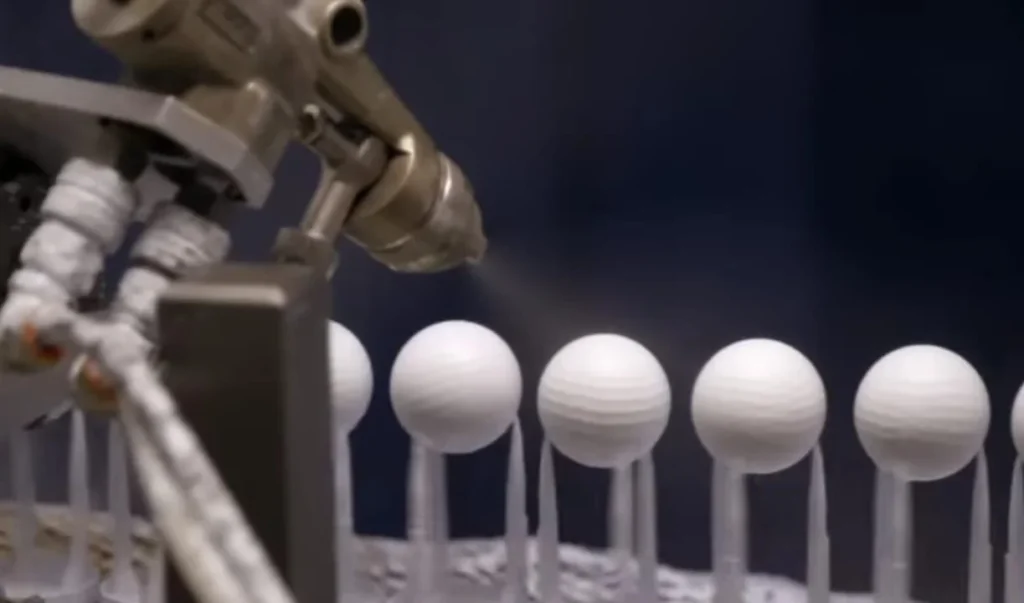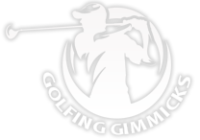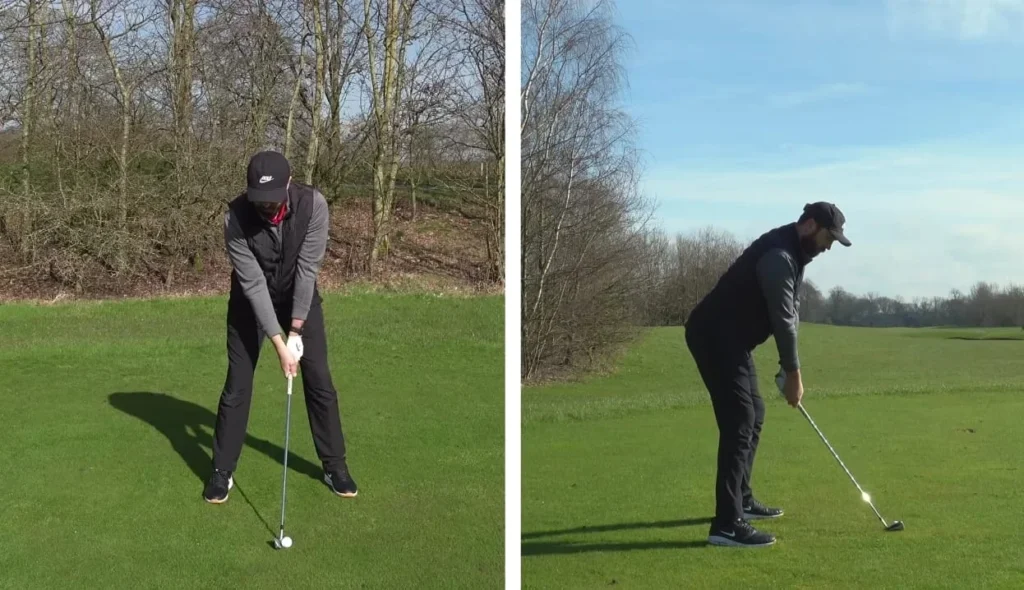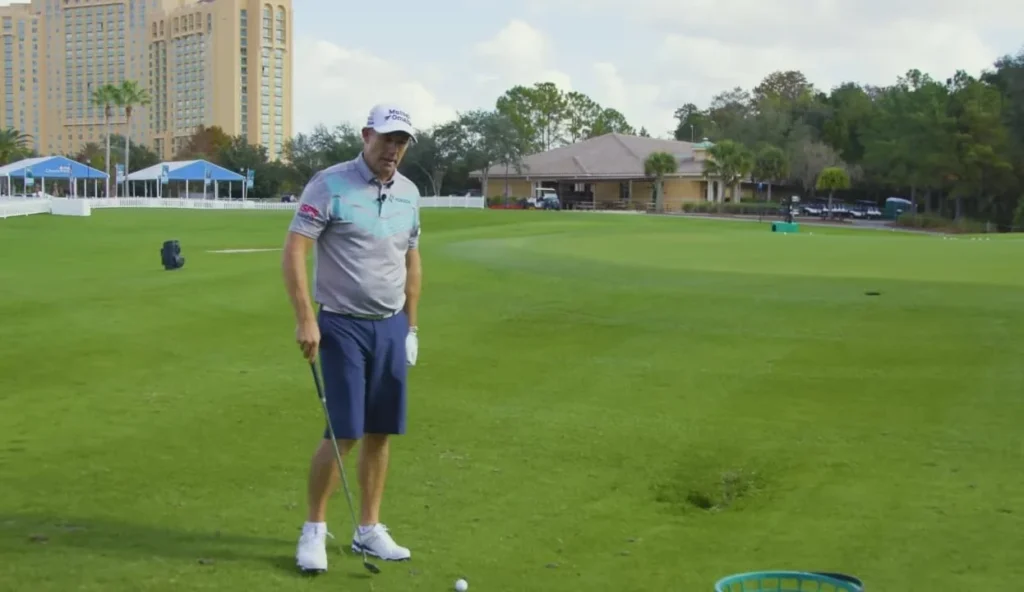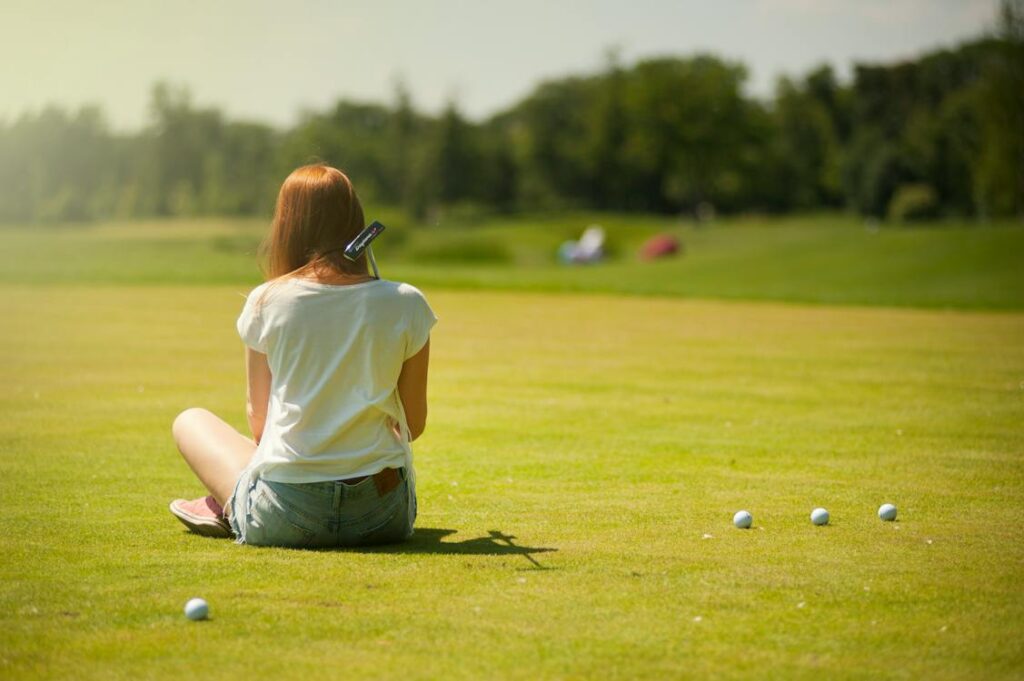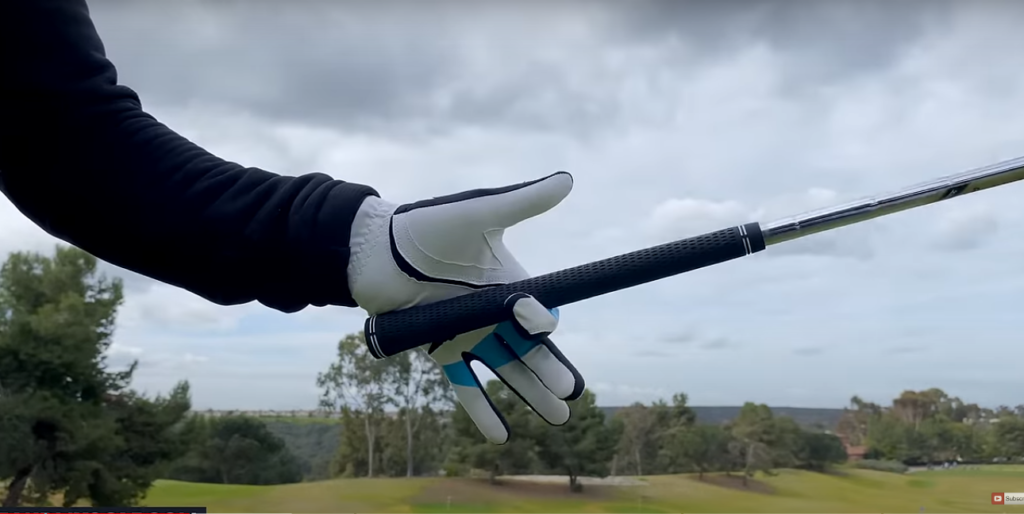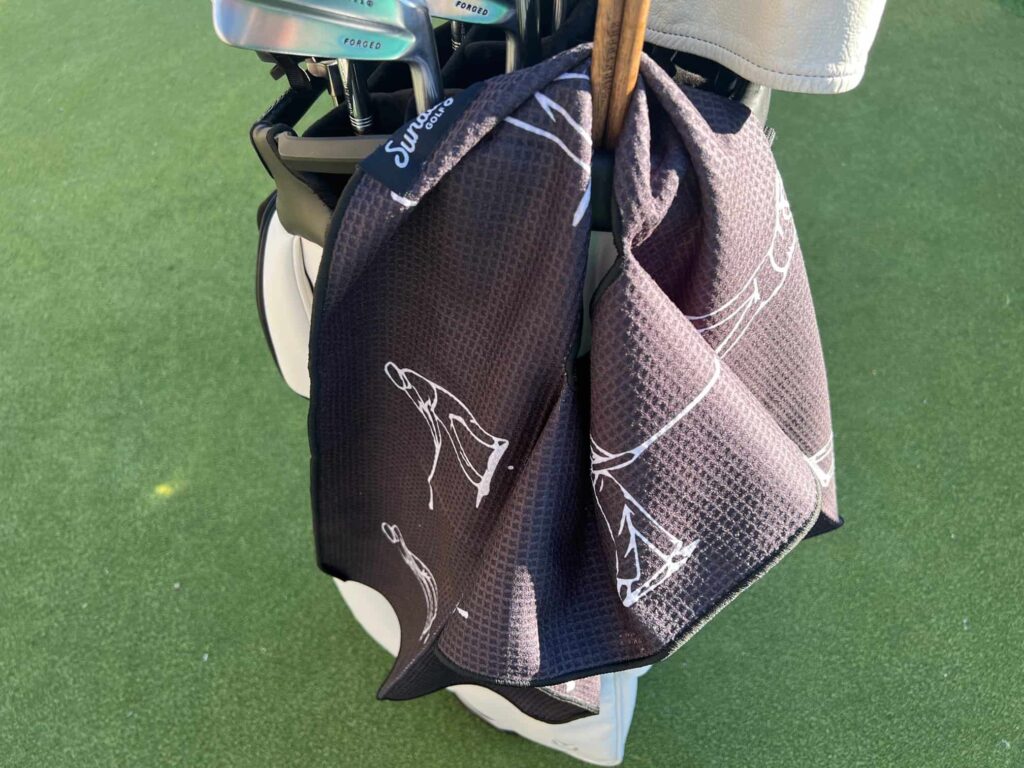Golf is an ancient golf with roots in the 14th century. However, this article will focus on the evolution of golf balls throughout history. What kind of golf balls were famous in the past? What were they made of? Let’s discuss the history of the golf ball briefly and answer some very important questions about these dimpled spheres. Hopefully, you will learn a little about the sport you love. So, keep reading Golfing Gimmicks articles and increase your golf knowledge.
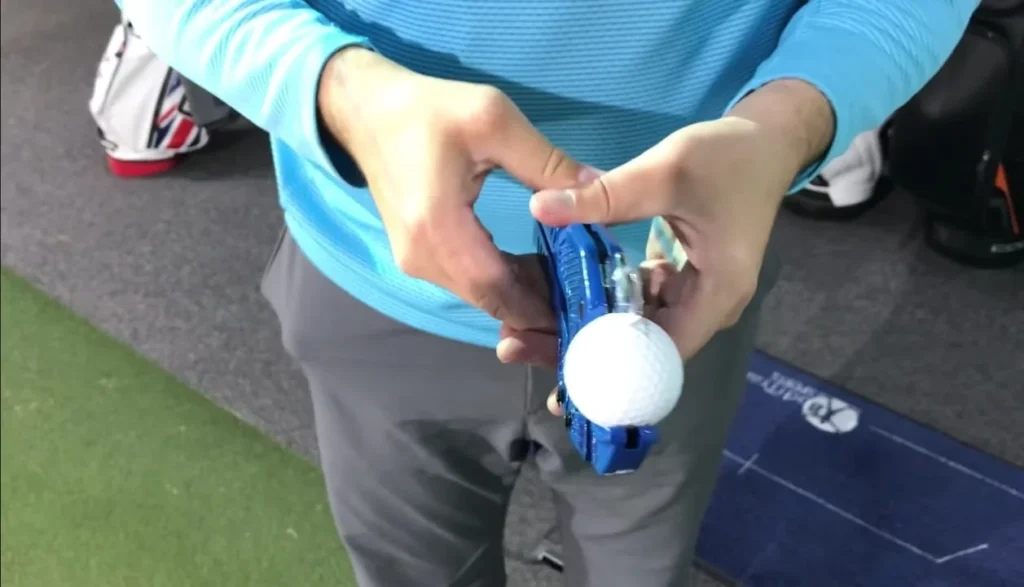
Evolution Of Golf Balls: 14th Century To 21st Century
The History Of The Golf Ball Explained
So, how should we categorize the evolution of golf balls throughout history? We can discuss antique golf balls in this section and explain how they have changed shapes in the past seven centuries. So, let’s start discussing the history of golf balls very briefly. We’ll also share some tidbits from the history to amuse you. Consider as reference this article written in 2009 which is available online via Archive’s Wayback Machine: “Golf History, Timeline, Chronology (1400 to 2008)”.
1. Wooden Balls (14th Century)
No timeline on the evolution of golf balls is complete without a mention of the wooden golf ball. Legend holds that golf’s origins began with Scottish shepherds using their crook to hit round stones with perfect aim, using wooden balls from beech or boxroot trees from 14th-century Scotland as clubs to hit imperfectly round wooden balls from beech or boxroot trees, marked a humble start to golf games.
It was the time when this sport wasn’t well-received and, as per James II’s Act of Parliament, golf and football were temporarily banned in Scotland. But royal golf balls received patronage from James IV who bought his first dimpled spheres in 1502, allowing proud Scots to indulge in this amazing sport once again. That’s how the history of the golf ball continued and, today, we are writing an article on the evolution of golf balls.
2. Featherie Balls (17th Century)
Featherie balls were an incredible technological advance during the 17th century. Crafted out of leather stuffed with bird feathers and sewn by hand for greater speed of flight compared to wooden balls, this vintage golf ball was much cheaper and less likely to break compared with their wooden counterparts. Tet these expensive and fragile devices limited accessibility and made a lasting impactful statement about society at that time.
In the 16th century, Archbishop John Hamilton had confirmed laypeople’s right to play golf over the links. That’s how the history of the golf ball further developed. In the early 17th century, we got yet another charter by Archbishop Gladstanes confirming the townspeople’s right to play golf. In 1620, James VI ratified this contract, and slowly the evolution of golf balls became a Europe-wide phenomenon.
3. Guttie Balls (1848)
Guttie balls were first developed during the mid-19th century from tree sap collected from Malaysian Sapodilla trees, making these resilient balls much harder and longer-lived than feathers. Players soon realized how indentation on its surface enhanced aerodynamics further, leading them to intentionally dimple patterns on these balls.
The game of golf had already evolved even further and gotten a wider acceptance. In 1754, the Society of St Andrews Golfers was founded. After a few years, the standard 18-hole round was formed. That’s how the history of the golf ball continued to expand. The evolution of golf balls in the 19th century involved the Thistle Golf Club being established and a war on rabbits being declared.
4. Haskell Balls (1898)
Coburn Haskell’s 1898 invention marked an incredible advancement in the evolution of golf balls and their design. His Haskell ball featured a rubber-wound core covered with gutta-percha for increased durability while improved performance. Moreover, its dimple pattern significantly changed flight characteristics making this ball a game-changer.
Now, we’re moving into the era of modern golf balls. The history of the golf ball in the 20th century saw stronger and more dependable golf balls being mass-produced. Golf became one of the most popular sports around the globe thanks to European colonialism.
5. Modern Golf Balls (20th Century Onward)
Now, we enter the final phase of the evolution of golf balls. Antique golf balls were replaced by modern versions completely. The wooden golf ball disappeared from the scene entirely, only to be found in museums dedicated to golf. Haskell balls provide the basis of modern golf ball design.
Subsequent innovations introduced urethane and Surlyn skins with differing properties to form layers with distinct properties, and these golf balls became classified according to several layers or construction types so players could select those tailored specifically to their preferences and playing styles. Today, the history of the golf ball continues to make waves in the world of sports globally.
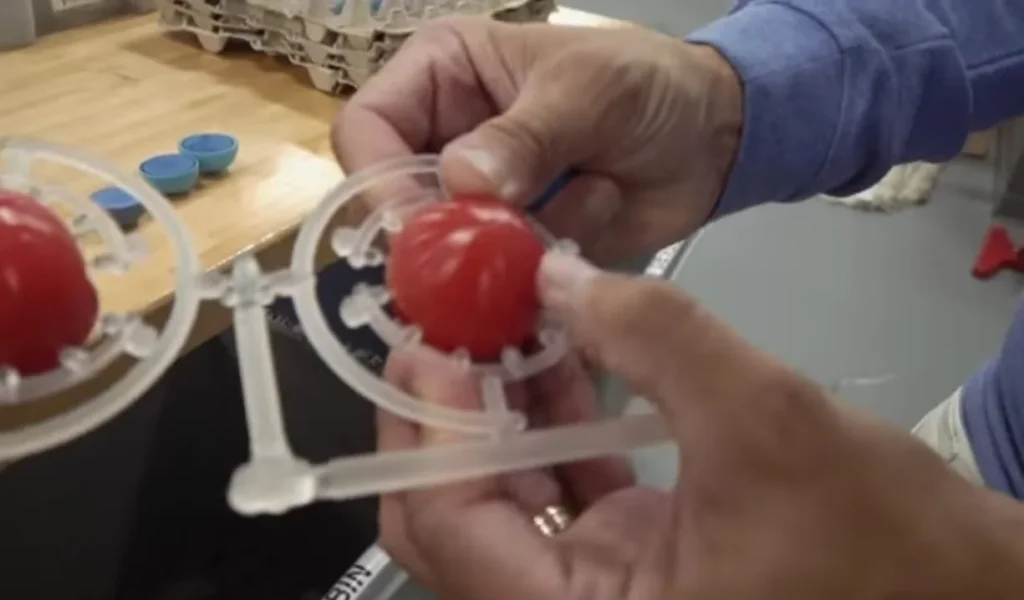
Golf Ball Construction and Categorization
Let’s discuss a little something about golf ball construction and categorization. When discussing the evolution of golf balls, it’s important to discuss different brands and how various golf balls are identified. If you wish to further study the history of the golf ball, click on the blue part of this sentence. In this section, we will discuss some identification factors for dimpled spheres.
Identification Factors
Golf balls are generally marked with single-digit numbers to identify them by brand and manufacturer, with double or triple-digit numbers representing compression or dimple counts; colored single-digit numbers often denoting specific models of the ball. We’ve written a separate article on this topic i.e., what do numbers on golf balls mean and how can you use them to improve your skills? Whether you’re into a vintage golf ball or royal golf balls, identifying these patterns is very important.
Dimple Patterns
Dimple Patterns have an enormous effect on ball performance. Distance balls with dimple patterns designed for low trajectory are suitable for distance play while control balls use dimples to enhance lift and stopping power. The dimple pattern has changed a lot during the history of the evolution of golf balls.
Core Component
At the heart of every golf ball lies its core component which may consist of solid or liquid construction which all affect performance differently. These core components are different for different golf balls e.g., foam-filled practice golf balls have a foam component at their cores. So, the history of the golf ball becomes clearer when we discuss different cores.
Compression Scale (30 to 1110)
This index indicates a ball’s hardness or softness and thus impacts its playability. Golfers with low swing speeds prefer to play with low-compression dimpled spheres, however, golfers with faster swing speeds like to handle high-compression orbs. If you wish to discuss the evolution of golf balls then pay attention to their compression ratings throughout history.
Popular Golf Ball Brands and Features
Now, after discussing the history of the golf ball, let’s discuss some popular golf brands and explore the key features of these popular brands.
Callaway Chrome Soft
Rated as the top ball for 2023, it has a soft feel, medium compression, and three-piece construction.
TaylorMade TP5
Known for high velocity, this beauty offers low-drag performance, durability, and an amazing overall speed and distance.
Titleist TruFeel
Known for its soft feel and incredible distance, the thing offers improved control on the grass.
Srixon
It holds the largest number of golf ball patents globally. These tour-level balls optimize distance with a thin cover and larger core.
Bridgestone e12 Contact
This one features a Contact Force Dimple Pattern for 38% more contact on impact. You can expect a straighter and longer flight with this version.
Top Golf Ball Brands to Buy
If you are looking for the best golf products to buy then we’re here to help. Finding quality products on Amazon can be a hassle, especially when the market is teeming with poor-quality stuff and cheap knockoffs of famous brands. However, we’ve done all the necessary research for you. It is your job now to go through these products and decide if they’re the right products for you. For instance, we have some of the best brands of golf balls mentioned right below. You can choose to go with Callaway golf balls or the ones made by TaylorMade or the ones manufactured under the brand name Titleist or any other thing. Make your decision and trust our due diligence.
| Callaway Golf 2022 Chrome Soft X LS Golf Balls | More Information |
| TaylorMade Rocketballz Speed Golf Balls | More Information |
| Titleist -Pro V1x Left Dash Golf Balls 1 Dozen | More Information |
| Srixon Q-Star Tour 3 Golf Balls, Whtie (Three Dozen) | More Information |
| Bridgestone Golf e12 Contact | More Information |
| Authentic FEATHERY Golf Ball, Handcrafted,Leather | More Information |
Conclusion
We’ve discussed the evolution of golf balls in detail with a little overview of some very interesting events in the history of this sport. If you want to know how golf balls have changed over time then please consider this brief history of old golf balls that we wrote a few months ago. For further information, keep reading Golfing Gimmicks articles. You will end up learning more than you intended in the first place. 😉
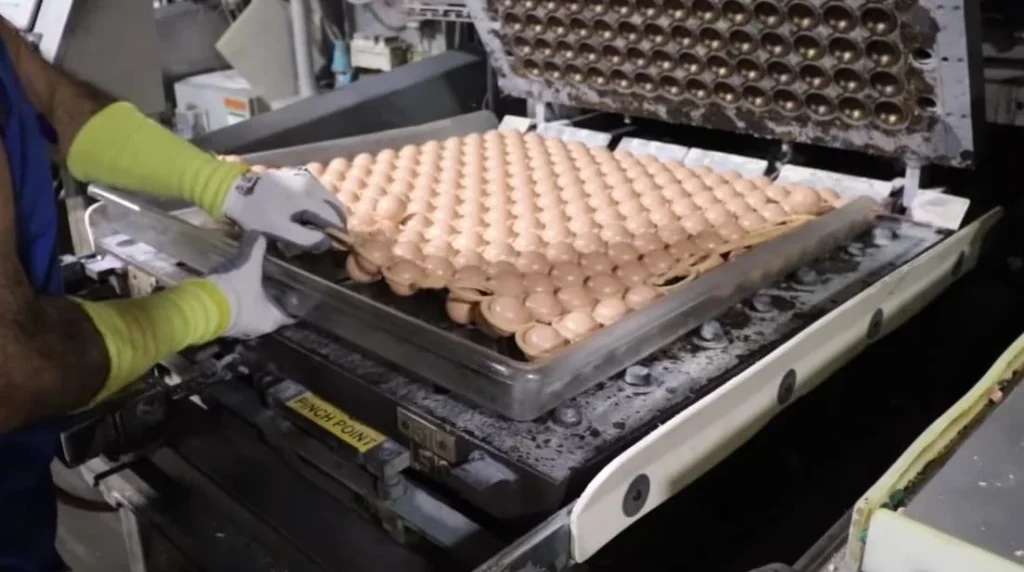
FAQs – Evolution Of Golf Balls
1. What is the oldest type of golf ball?
Wooden golf balls date back to 14th-century Europe. Handmade using hardwood species such as beechwood for crafting purposes.
2. How were feather golf balls made?
Feather golf balls were widely produced between the 17th and mid-19th century by hand-sewing leather with goose or chicken feathers, stuffing it, and then sewing the remaining leather back over itself to close up any openings left by the sewing needle.
3. What is gutta-percha, and when was it used in golf balls?
Gutta-percha (pronounced gut-a-perchee) is an elastic material derived from Malaysia’s Sapodilla tree sap and used to manufacture golf balls during the mid-19th century.
4. When did rubber-wound golf balls, like the Haskell, become popular?
Rubber-wound golf balls such as Haskell rose in popularity from the late 19th to early 20th century.
5. What are the key characteristics of Balata Golf Balls?
The Balata golf balls were popular from the 1920s-1960s. Their distinctive rubber covers provided superior control while giving a softer feel, often featuring liquid centers filled with liquid for additional weighting and performance enhancement.
6. How have golf ball designs changed through time?
Golf balls have developed from wooden to feather-stuffed leather balls and gutta percha (rubber), to rubber-wound (balata), two-piece and multilayer constructions like what we see today.
7. What role have dimples on golf balls played and why has their design altered over time?
Dimpled golf balls provide enhanced aerodynamics and lift, and their patterns, depth, and spacing have evolved to optimize performance.
8. Can golf balls be collected and displayed?
Yes, special edition and collector’s golf balls feature unique designs, colors, and materials to commemorate events, championships, or iconic moments in golf history.
9. How Can I Determine the Age of a Golf Ball?
One way of dating golf balls can often be determined through construction techniques used, materials utilized, and design features; historical research or consulting collectors could also prove invaluable for accurate dating purposes.
10. Is a Vintage Golf Ball Still Playable?
While vintage golf balls may lack the performance of modern variants, some enthusiasts enjoy using them for nostalgic reasons or as collectible pieces. More commonly they are sought-after for collecting purposes than playing.
